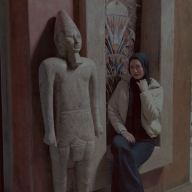Heuristic Evaluation - Special Stars Foundation Website
🎯 Project Goal
The goal of this heuristic evaluation was to identify usability issues in the fundraising journey of the Special Stars Foundation website (a small local charity).
The evaluation focused on the needs of a suspected core user group: parents or guardians of service users, who may be engaging with the website for the first time—likely under time constraints. I chose the fundraising journey because it's critical to the charity's sustainability and should be especially intuitive, trustworthy, and accessible.
🧠 Decision-Making Process
1. Heuristic Framework
I used Jakob Nielsen’s 10 Usability Heuristics as the primary evaluation framework. These principles provided a structured way to assess the interface from the user’s perspective, covering key areas like feedback, consistency, and error prevention. I cross-referenced each part of the journey—from the landing page through to form submission—against these heuristics.
While accessibility is not explicitly covered by Nielsen’s heuristics, I chose to highlight accessibility issues where they intersected with usability, such as the use of ALL CAPS, colour contrast, and text embedded in images. This was a deliberate decision based on the charity’s mission:
“to improve the quality of life for people with significant learning and physical disabilities.”
Given this, the website should meet a higher standard of accessibility than a general-purpose site, ensuring that it can be used confidently and independently by all members of the community it serves.
2. User Context
I approached the evaluation through the lens of a desktop user, likely a parent of a child with additional needs. This helped guide decisions about which issues to prioritize—for instance:
- Clear system feedback was essential because uncertainty in form submission could create anxiety.
- Help and Documentation was important for reassurance—e.g., access to contact info post-registration.
- Accessibility considerations were also raised even when not strictly heuristic-specific (e.g., ALL CAPS usage).
🧩 Summary of Rationale
I aimed to surface high-impact, low-effort improvements that could significantly improve trust, accessibility, and task completion. The rationale behind all recommendations was grounded in empathy and UX best practices from Nielsen Norman Group.
The evaluation didn’t just highlight what was broken—it focused on what could be clarified, simplified, or made more reassuring to support the charity’s core users and mission.
🙌 Final Note
Please take a few minutes to review the full slide deck included with this submission — it contains detailed findings and specific recommendations for each relevant heuristic.
I’d love to hear your thoughts — feel free to leave any feedback on what could be improved.
Tools used
From brief
Topics
Share
Reviews
2 reviews
Jack, great job grounding your heuristic evaluation in empathy and accessibility 🌟—if you add a bit more visual or example-based evidence it could make your findings even stronger, but overall your structured and thoughtful approach really shines!
hey Jack! Well done! Using Nielsen’s 10 Usability Heuristics as your framework adds structure and credibility to your analysis.
Your attention to accessibility, especially given the charity’s mission, is a strong point. Highlighting issues like ALL CAPS, color contrast, and text in images shows a commitment to inclusive design. The rationale for recommending high-impact, low-effort improvements is practical and user-focused.
Finally a proper description and summary for the project, I'm happy you've added proper explanation right on the page. The summary is concise yet informative, and your emphasis on actionable recommendations rather than just pointing out problems demonstrates maturity in UX evaluation.
You might also like

Customer Journey Map for a Co-Working Space
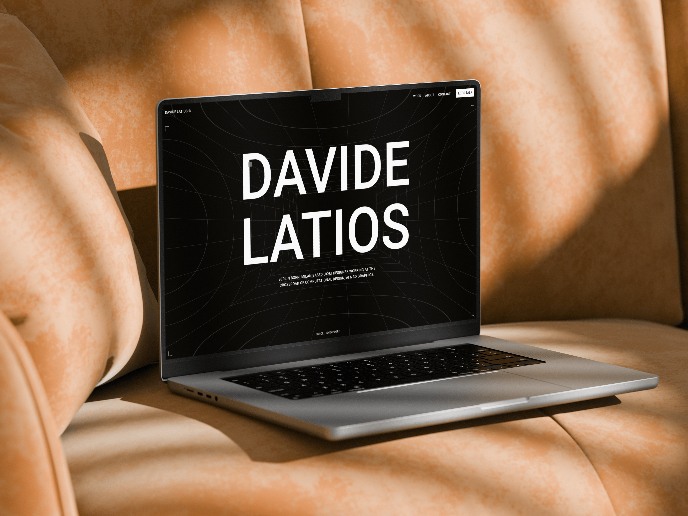
Latios - Free Portfolio Template for UX/UI Designers
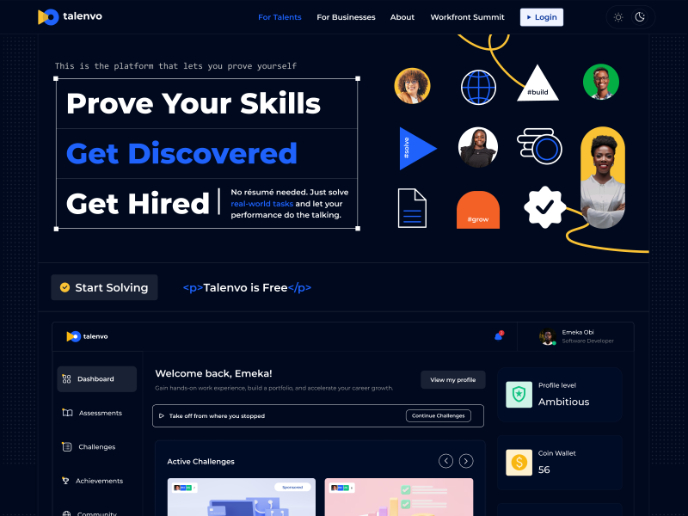
Talenvo Website - Web and Mobile
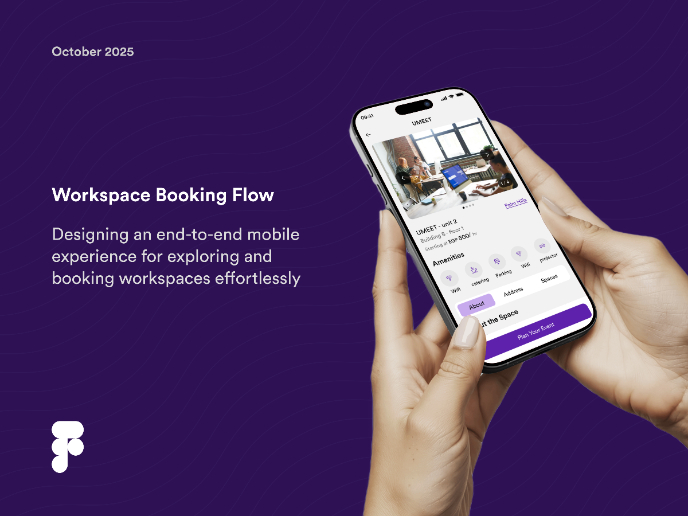
Workspace Booking Flow - UI/UX Design
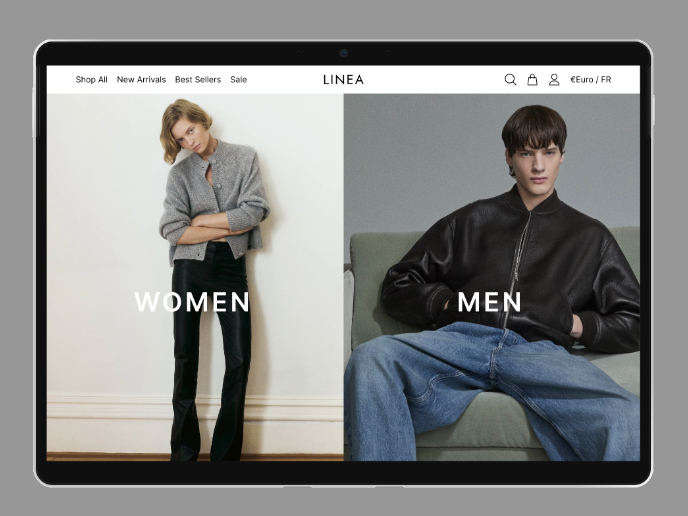
L I N E A - Minimalist Fashion Brand
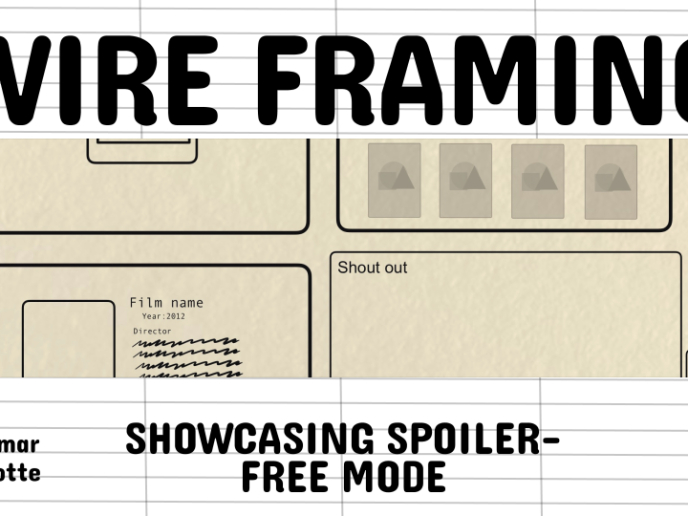
Video Streaming Service wireframe: Spoil-free mode and Interactivity
User Research Courses

Introduction to Product Management

The Product Development Lifecycle & Methodologies









